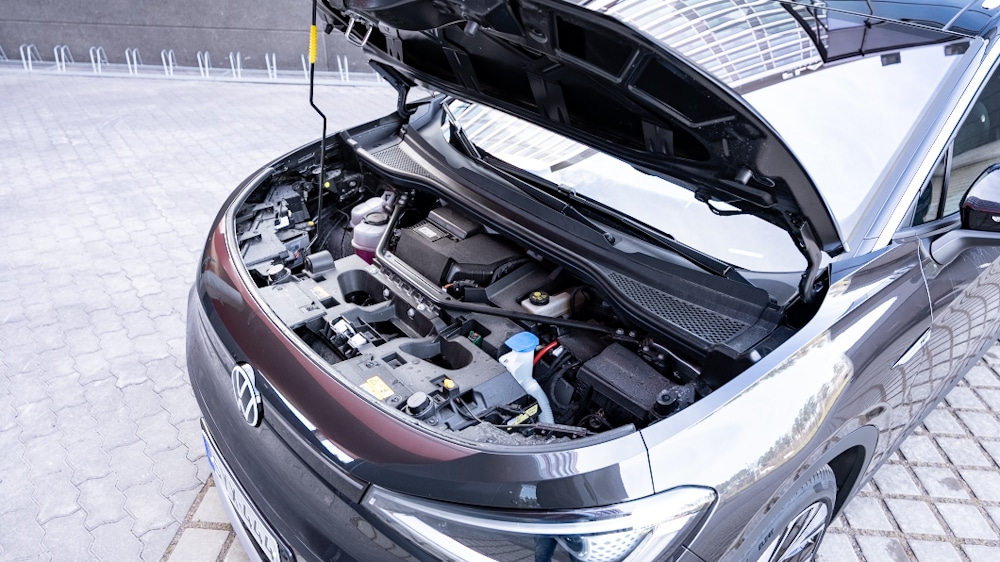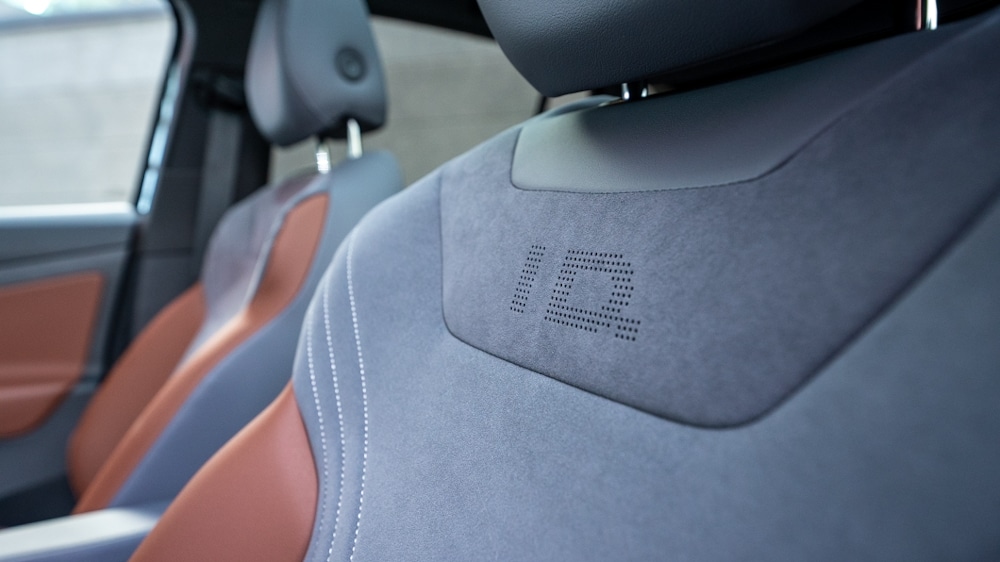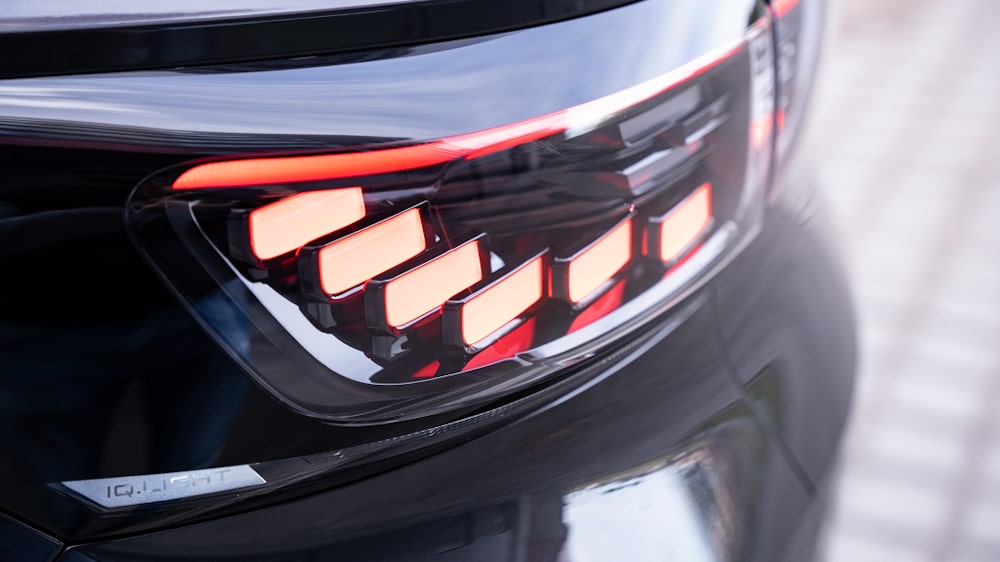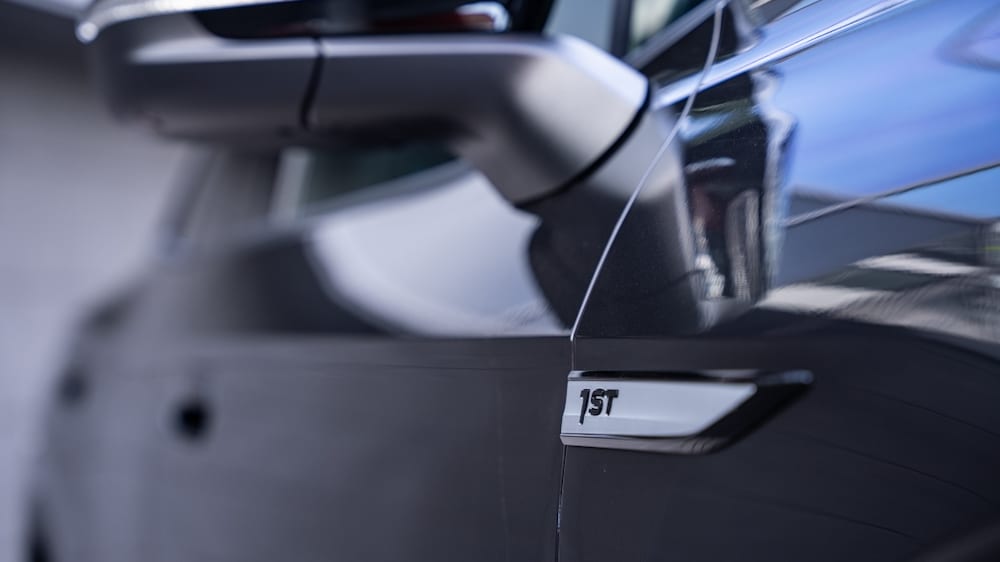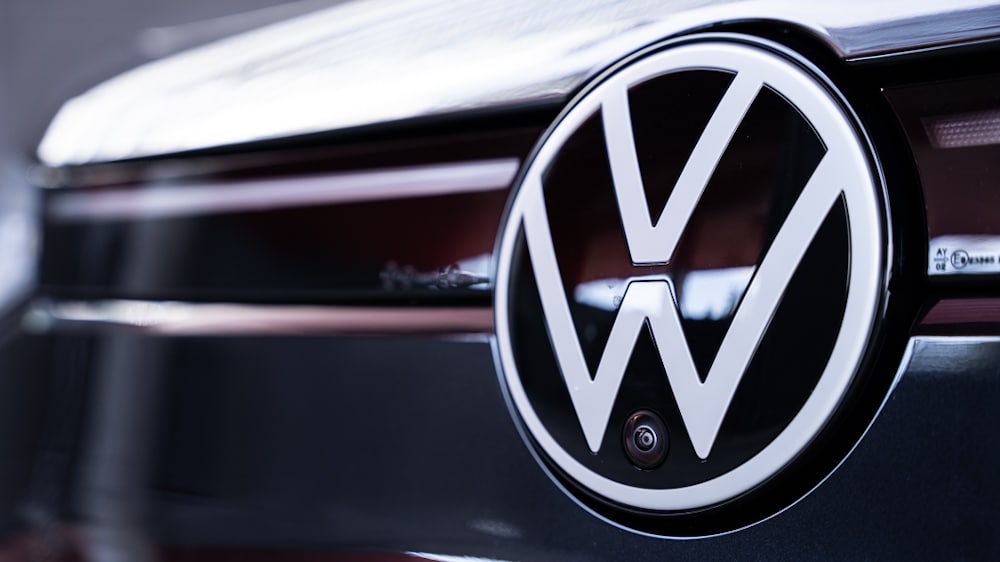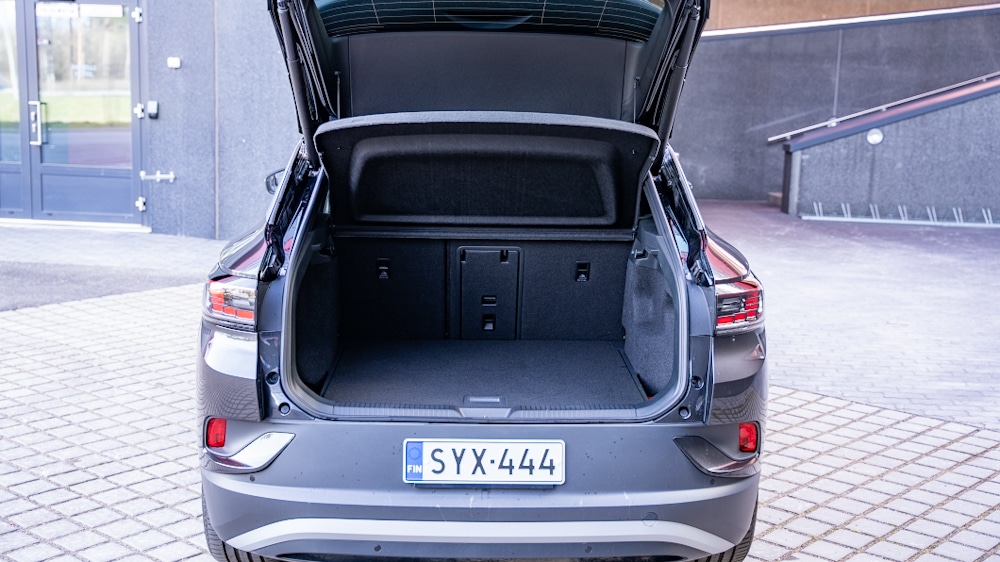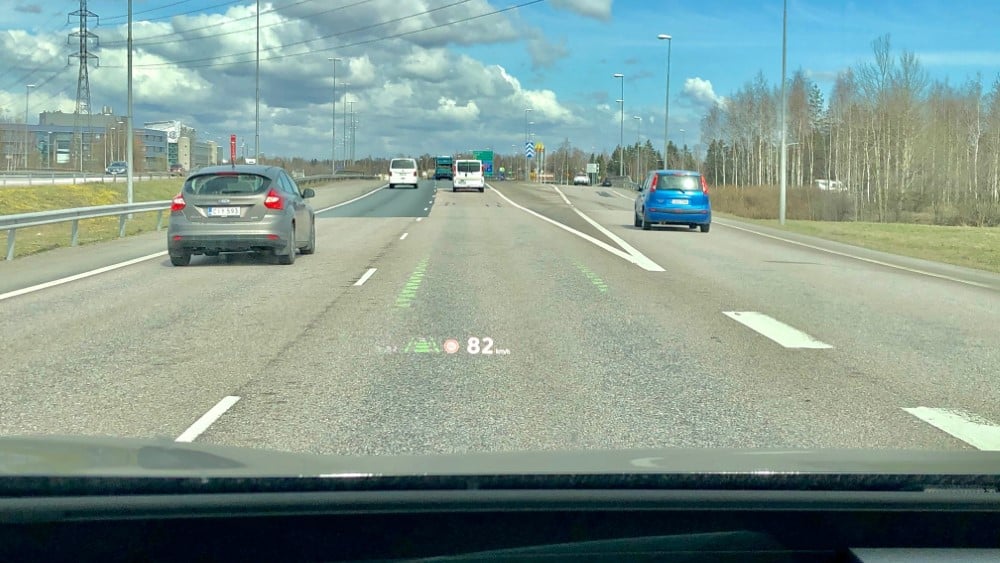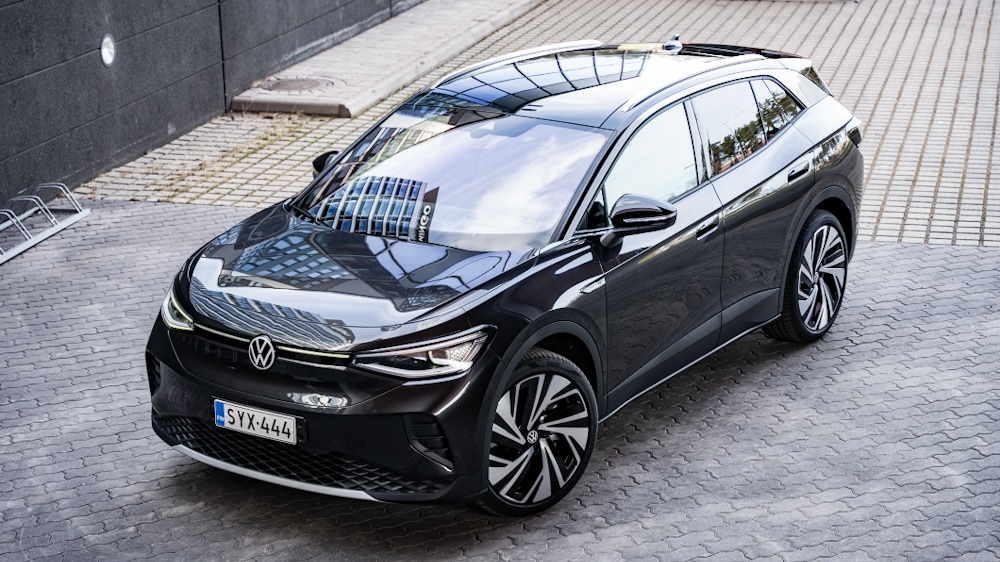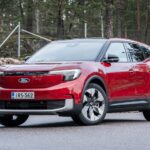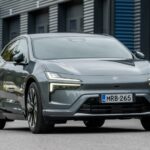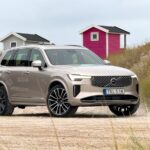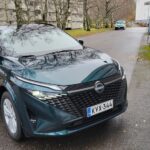The Volkswagen ID.4, which won the World Car of the Year 2021 award a week ago, didn’t take the top spot for nothing. The comfortable and spacious all-electric SUV is perhaps the hottest topic in the all-electric car world at the moment.

The first taste of the ID.4 came with a quick one-hour test drive at the end of January, and now, after a longer test drive, the good feeling towards the ID.4 has been confirmed. Volkswagen has succeeded with this model, and the huge hype surrounding the car is not entirely idle.
The first all-electric for the whole family?
To many, the ID.4 will look like a family car, and the exterior is not confusing. The slightly raised SUV with its station wagon body styling cues is a departure from the rest of the Volkswagen range.
The styling language is close to its smaller sibling, the ID.3, but there is no possibility of confusing the two models in terms of size.
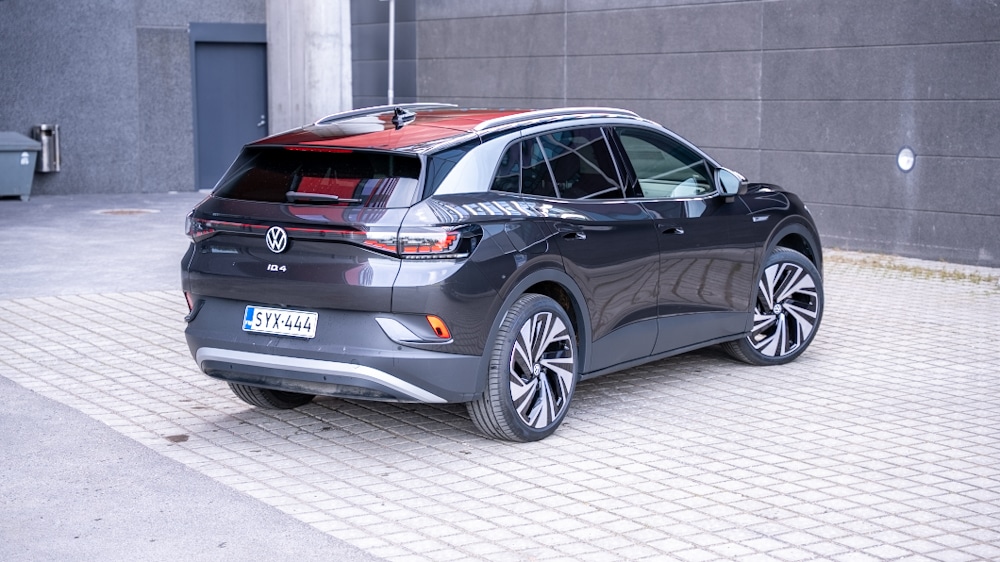
In terms of interior space, the ID.4 is even luxuriously sized for family use, even though the car measures just under 4.6 metres overall. The large panoramic sunroof provides space and light in the cabin, and there is plenty of legroom in the front and rear.
Rear passenger comfort is enhanced by temperature control between the front seats and two usb-c ports for charging devices.
The boot capacity is an impressive 543 litres. Unlike many other all-electric cars, the ID.4 has no extra small storage space under the bonnet at the front. The first 1st Edition models came with a tow hook as standard, which is not available as an option on all all-electric cars.

In terms of space and features, the ID.4 offers a great framework for a family car, but for many the price is still too high. The ID.4 with a smaller battery pack starts at around €40,000 and the larger battery pack starts at just under €50,000.
If the car is being purchased as the family’s first car, with the intention of driving more low-cost kilometres, the only sensible option is a model with a larger battery.
Slow for an electric car, but that’s OK
The instant power and huge torque figures provided by electric motors propel many all-electric models from zero to 60 mph in less than five seconds. Volkswagen has taken a different starting position with the ID family, at least in the early stages of production.
The ID.4 is available in a few different power outputs, but even the most powerful model has only 150 kW or just over 200 hp, with an acceleration time of 8.5 seconds (0-100km/h).
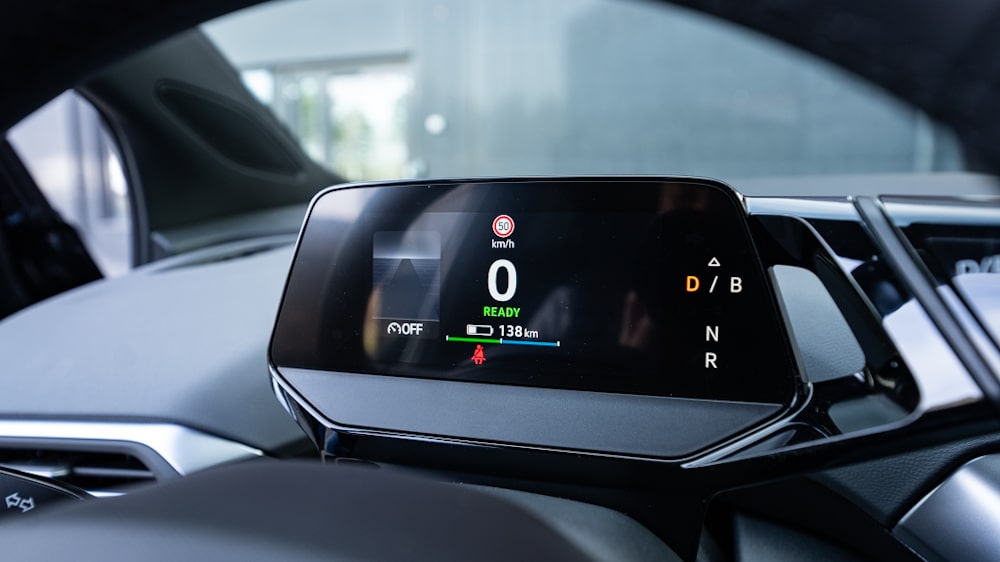
In terms of driving experience, the ID.4 is a pleasant car to drive, and the power of the electric motor brings a calmness to the car’s behaviour. In a comfortable ride, you don’t even miss the need to go faster. However, the immediate power and torque of the electric motor makes the engine feel more powerful than it is.
Additional comfort for driver and passenger is provided by height-adjustable, separate armrests for both seats, familiar from American cars. There is no high centre console for resting your hands.
Electricity consumption is a hot topic
In electric cars, the total range is determined by battery size and electricity consumption – just like in an internal combustion engine car, the size of the tank and the consumption of the outgoing water. In an electric car, filling up the battery is at worst painfully slow compared to refuelling with fuel.
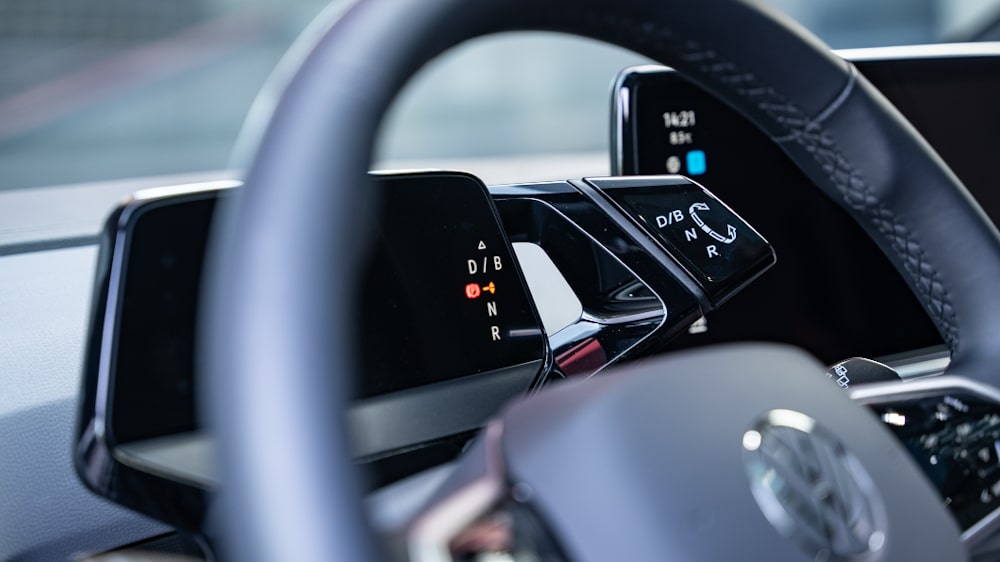
Unfortunately, in the case of all-electric models, which are often expensive, the electricity consumption is much higher than the manufacturer promises. The range is therefore woefully short, and worrying about charging the car takes a large part of the enjoyment out of the driving experience.
The ID.4 1st Edition tested has a battery capacity of 82 kWh, of which 77 kWh is available, and a WLTP range of around 500 km. Electricity consumption of the ID.4 was positively surprising, with mixed driving figures in the 15-20 kWh/100 km range.
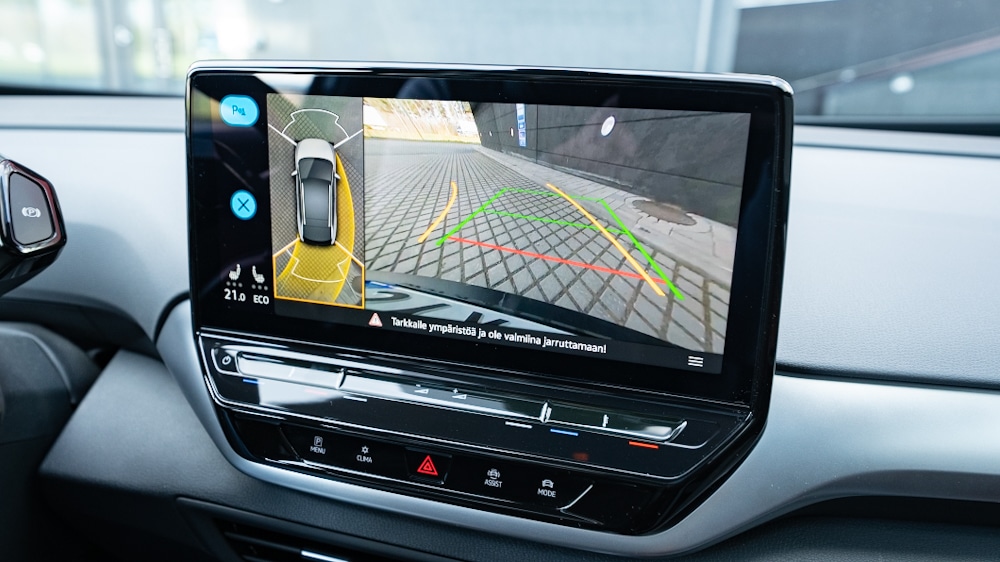
The ID.4.4 has enough electricity to last from just under 400 km to 500 km before the next recharge. Initially, consumption figures are as high as 25-35 kWh/100km for the first 10 kilometres, after which the consumption steadily decreases as the battery and interior warm up. For short journeys alone, you can expect 250-300 km on a single charge due to the higher electricity consumption.
It was positive to note the effect of speed on electricity consumption in the consumption readings. On a motorway at 100 km/h, the electricity consumption was around 20 kWh/100km. Increasing the speed to 120 km/h increased the average consumption to only 22 kWh/100km.
With many full electric models, an increase of a few tens of kilometres seems to have an exponential effect through drag on the consumption figure, and a reading of 25 kWh for the ID.4 would not have been surprising.
It is not yet a complete package
The ID.4 and Volkswagen, which deservedly won the Car of the Year title, can be praised for a successful package, but the car is not yet perfect.
The main concerns seem to be the occasionally slow entertainment system and the poor-feeling materials inside.
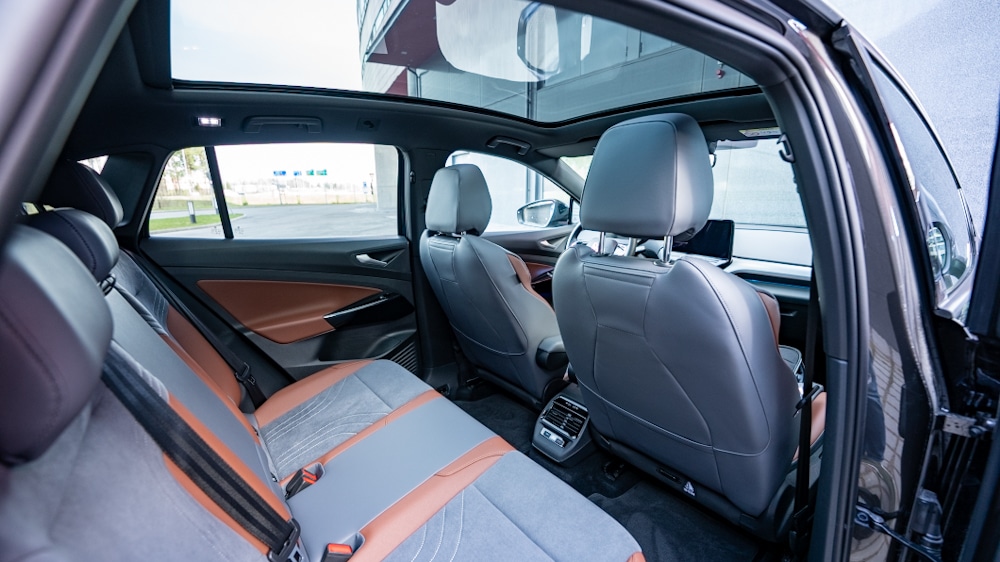
The lazy lane-keeping Travel Assist would like to do its job more confidently, and extra kilometres on long journeys in Finland would be welcome with a larger battery option. Now, in addition to the rear-wheel drive model, there would certainly also be strong demand for four-wheel drive, at least here in the north.
All in all, the ID.4 is an excellent successor to the ID.3, and clear progress between the models is already visible in a short time.
The ID.4 will certainly be a popular all-electric model in Finland, for its size and features. The rapidly expanding electric vehicle charging network will further lower the threshold to buy a full electric car, even as the first car in the family.
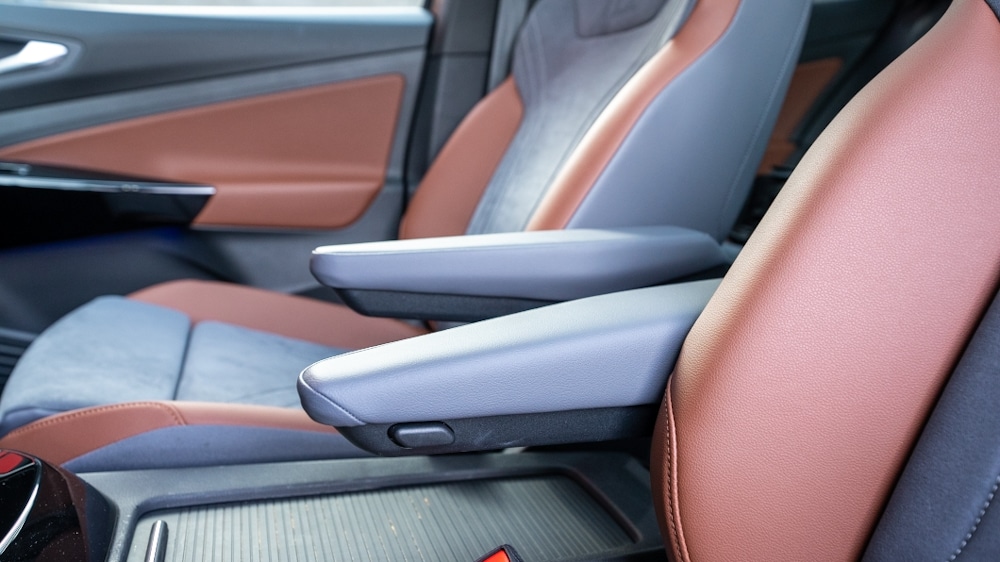
Volkswagen ID.4 1st Max 77 kWh
- Total maximum power: 150 kW, 204 hp.
- Total maximum torque: 310 Nm.
- Drive battery capacity: 77 kWh (net)
- Declared operating range on a single charge: 487 km.
- Test-driven range on a single charge: 350-510 km.
- Acceleration: 8.5 sec (0-100 km/h)
- Combined consumption: 18.5 kWh/100km.
- Test drive consumption: 15-22 kWh/100km.
- Maximum charging power: 11 kW (AC) and 125 kW (DC)
- Drive mode: rear-wheel drive
- Boot space: 543 l.
- Towing capacity: 1000 kg.
- From ID.4 1st price: 48 790 euro
- Test drive price: €58 868
- ID.4 from price: 39 770 euros (Pure 109 kW, battery 52 kWh)
